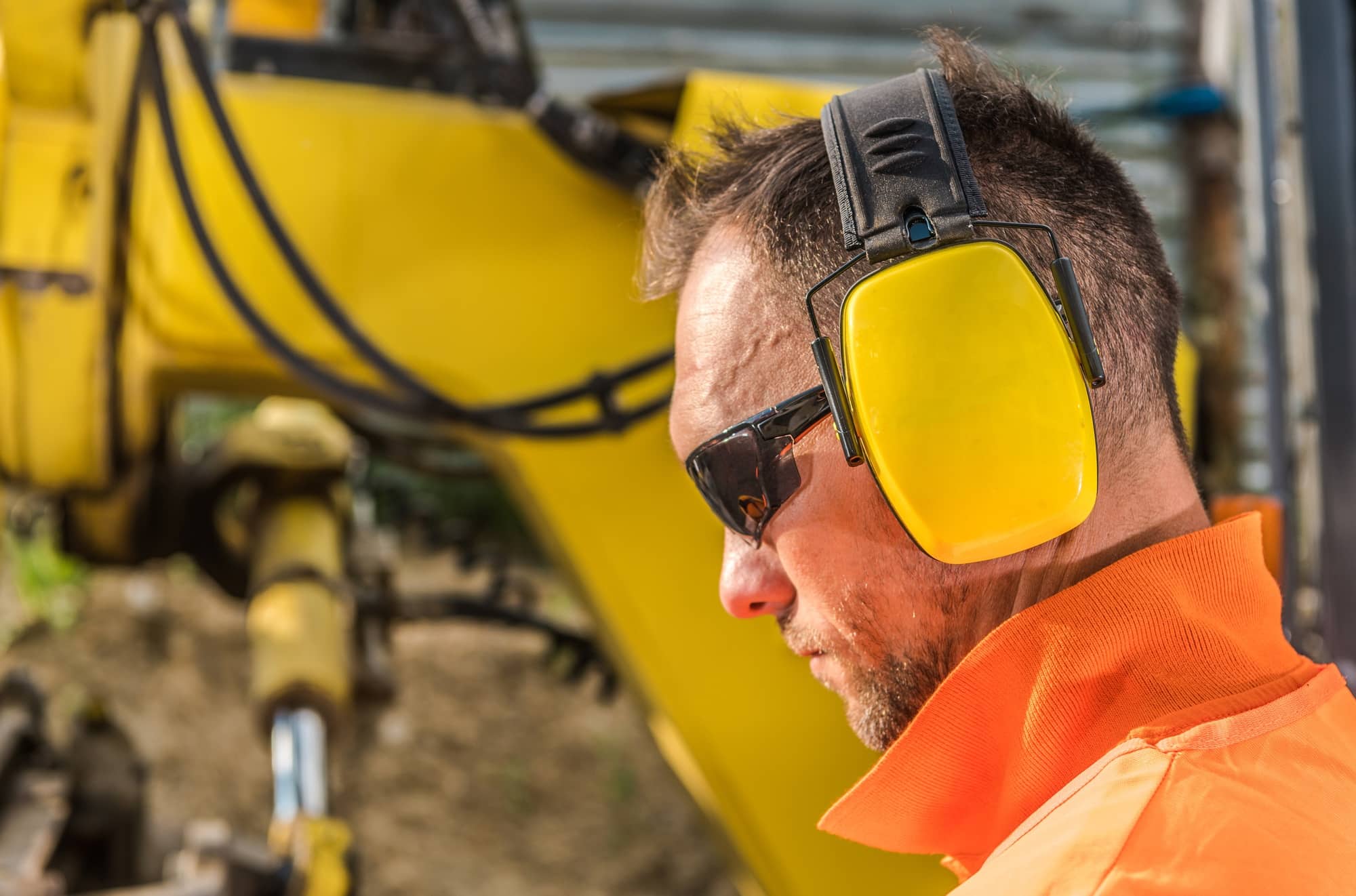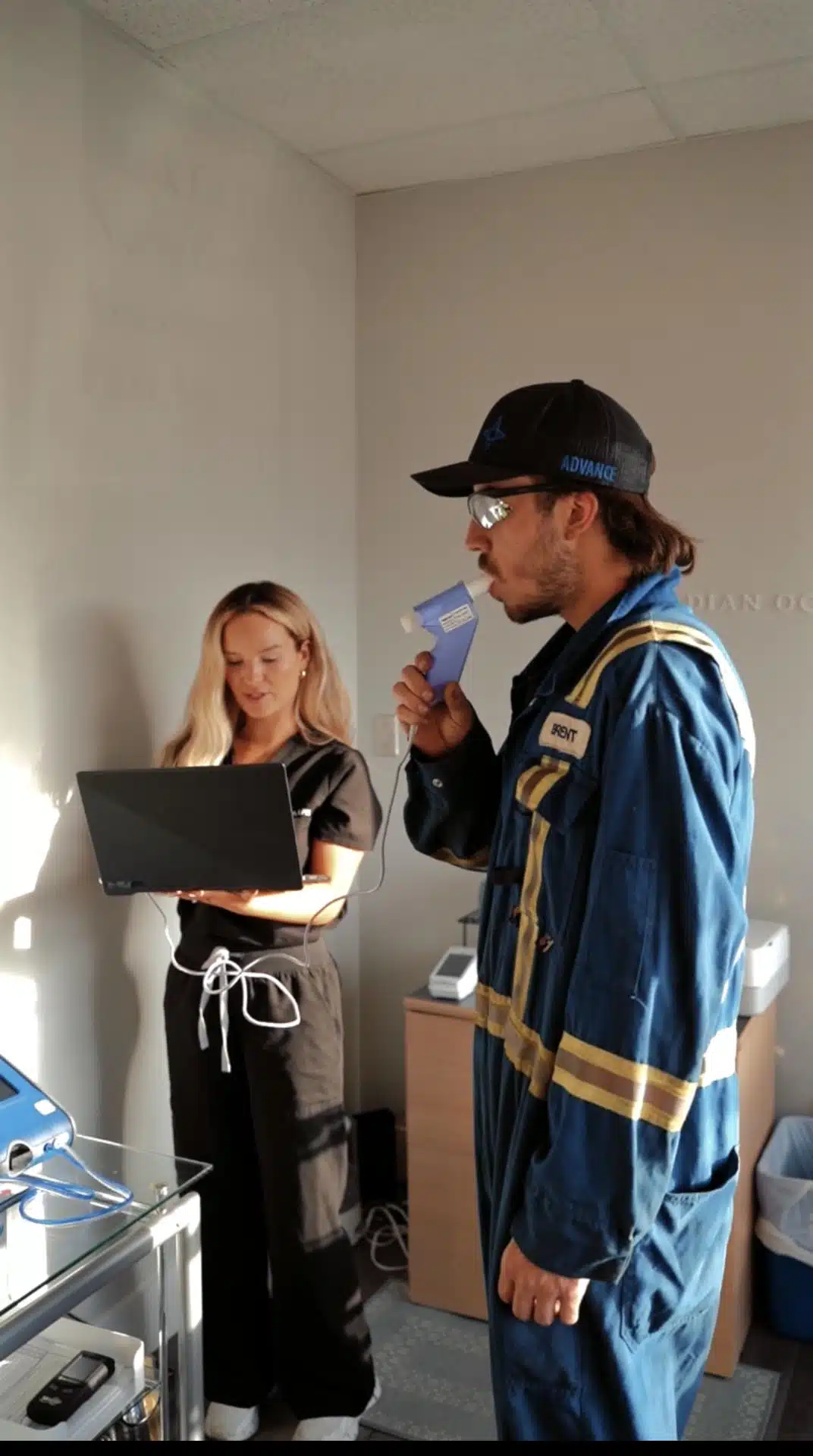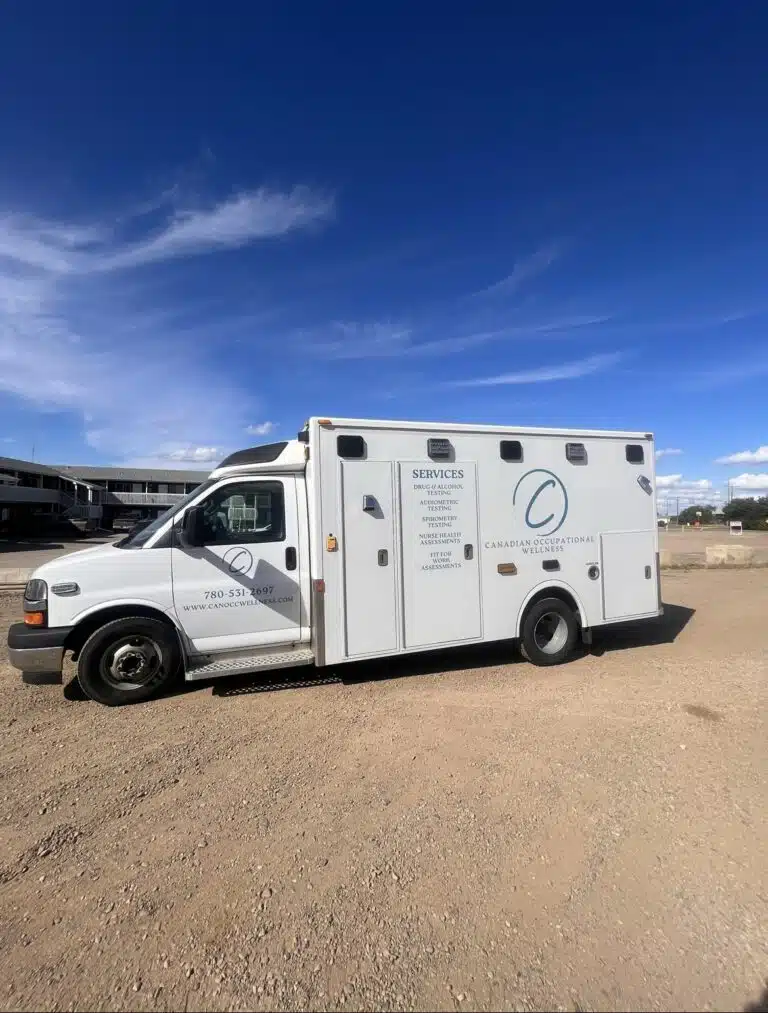The Importance of Hearing Protection: How to Safeguard Your Hearing
Hearing is one of our most valuable senses, yet it’s often taken for granted until it’s too late. Once damaged, our hearing doesn’t recover. This makes protecting our ears from excessive noise crucial, both in everyday life and the workplace. In this blog post, we’ll explore how we hear, what causes hearing damage, and why it’s important for companies to implement hearing protection programs.
How We Hear Sound
Sound waves enter our ears and cause the small bones in our ear drum to vibrate. These vibrations are converted into electrical signals by tiny, delicate hairs in the inner ear. Our brain then interprets these signals as sound. This process is fragile—once the inner ear hairs are damaged, they do not regenerate, leading to permanent hearing loss.
What is Sound and Noise?
-
Sound: A form of physical energy, sound waves are created when an object vibrates, causing molecules to move back and forth. Our ears detect these vibrations, and our brain perceives them as sound.
-
Noise: While sound can be pleasant, noise is unwanted sound and is subjective—what might be noise to one person could be music to another.
Measuring Sound
- Decibels (dB): Measures the loudness of sound.
- Hertz (Hz): Measures the pitch or tone of a sound.
How Hearing Damage Occurs
Hearing loss can happen when we are exposed to sounds that are too loud or when we listen to sound at high volumes for extended periods. Over time, this exposure can lead to Noise-Induced Hearing Loss (NIHL), which is irreversible.
Types of Hearing Protection Devices (HPDs)
There are several types of HPDs designed to reduce the intensity of sound that reaches your ears:
Earplugs:
- Foam Earplugs: Soft, expandable foam that fits snugly into the ear canal. Available in disposable or reusable options.
- Silicone Earplugs: Moldable and reusable, providing a tight seal.
- Flanged Earplugs: Pre-molded with multiple flanges for a better fit.
- Custom-Molded Earplugs: Custom-made to fit the individual’s ear, offering maximum comfort and protection.
Earmuffs:
- Standard Earmuffs: Cover the entire ear with padded cups to block out sound.
- Electronic Earmuffs: Amplify low-level sounds while blocking loud noises—ideal for activities like shooting or construction work.
- Communication Earmuffs: Feature built-in communication systems for noisy workplaces.
Noise-Cancelling Headphones:
These use active noise cancellation (ANC) to reduce continuous background noise, though they may not block sudden loud noises.
Other Hearing Protection Options:
- Canal Caps: Similar to earplugs but connected by a band for easy removal.
- Helmet-Mounted Protection: Earmuffs or communication systems attached to hard hats, commonly used in construction or industrial settings.
Tips for Protecting Your Hearing
-
Control Volume Levels:
- Follow the 60/60 rule: Keep personal audio devices at 60% volume for no more than 60 minutes at a time.
- Use volume-limiting headphones to prevent excessive sound levels.
- Keep TV, radio, and speakers at reasonable volumes.
-
Limit Exposure to Loud Noise:
- Avoid prolonged exposure to noise above 82 dB (common in concerts, machinery, or heavy traffic).
- Take breaks from noisy environments to allow your ears to recover.
- Maintain distance from loudspeakers at events.
-
Maintain Ear Health:
- Avoid inserting objects like fingers or cotton swabs into your ear canal.
- Keep your ears dry to prevent infections that can affect hearing.
- Get regular ear check-ups, especially if you experience ringing or muffled hearing.
-
Be Aware of Occupational Hazards:
- Use proper hearing protection in loud environments such as construction, manufacturing, aviation, or music.
- Follow workplace safety regulations and use noise-reducing barriers when possible.
Why Companies Must Protect Their Employees’ Hearing
It is critical for companies to safeguard their employees’ hearing for both ethical and legal reasons. Protecting hearing ensures a safe and productive work environment while reducing long-term costs.
-
Prevents Noise-Induced Hearing Loss (NIHL): Prolonged exposure to noise above 82 dB can lead to permanent hearing loss, affecting communication, job performance, and safety.
-
Legal and Regulatory Compliance: Occupational Health & Safety regulations require hearing conservation programs in noisy workplaces. Failure to comply can result in fines, lawsuits, and reputational damage.
-
Reduces Workplace Accidents: Employees with hearing damage may struggle to hear alarms, warnings, or machinery malfunctions, increasing the risk of accidents.
-
Improves Employee Productivity & Morale: Excessive noise can cause stress and fatigue, reducing focus. Protecting employees’ hearing shows that the company cares about their well-being, leading to higher job satisfaction.
-
Lowers Healthcare and Compensation Costs: Hearing loss can be expensive to treat, requiring hearing aids, therapy, or disability claims. A proactive protection program reduces long-term medical expenses for both the company and employees.
-
Demonstrates Corporate Responsibility: Companies that prioritize safety and hearing protection earn a better reputation and are more likely to attract and retain top talent.
Living with Hearing Impairment
Living with hearing loss can present numerous challenges, from communication difficulties to social isolation. Here are a few common experiences for those with hearing impairments:
- Communication Challenges: Difficulty understanding conversations, especially in noisy environments, and reliance on lip reading or assistive devices.
- Social and Emotional Impact: Feelings of isolation, frustration from concentration fatigue, and challenges in maintaining relationships.
- Adaptation and Support: Many people use hearing aids, cochlear implants, or learn sign language to adapt and stay connected.
Conclusion
Hearing is essential to our quality of life and safety, both in and out of the workplace. Protecting our hearing with proper devices, monitoring exposure to loud noise, and promoting ear health should be a top priority for everyone. For companies, implementing a hearing conservation program is not only a legal requirement but a smart investment in employee well-being and productivity.
By prioritizing hearing protection, we can reduce the risk of noise-induced hearing loss and create safer, healthier environments for all.





